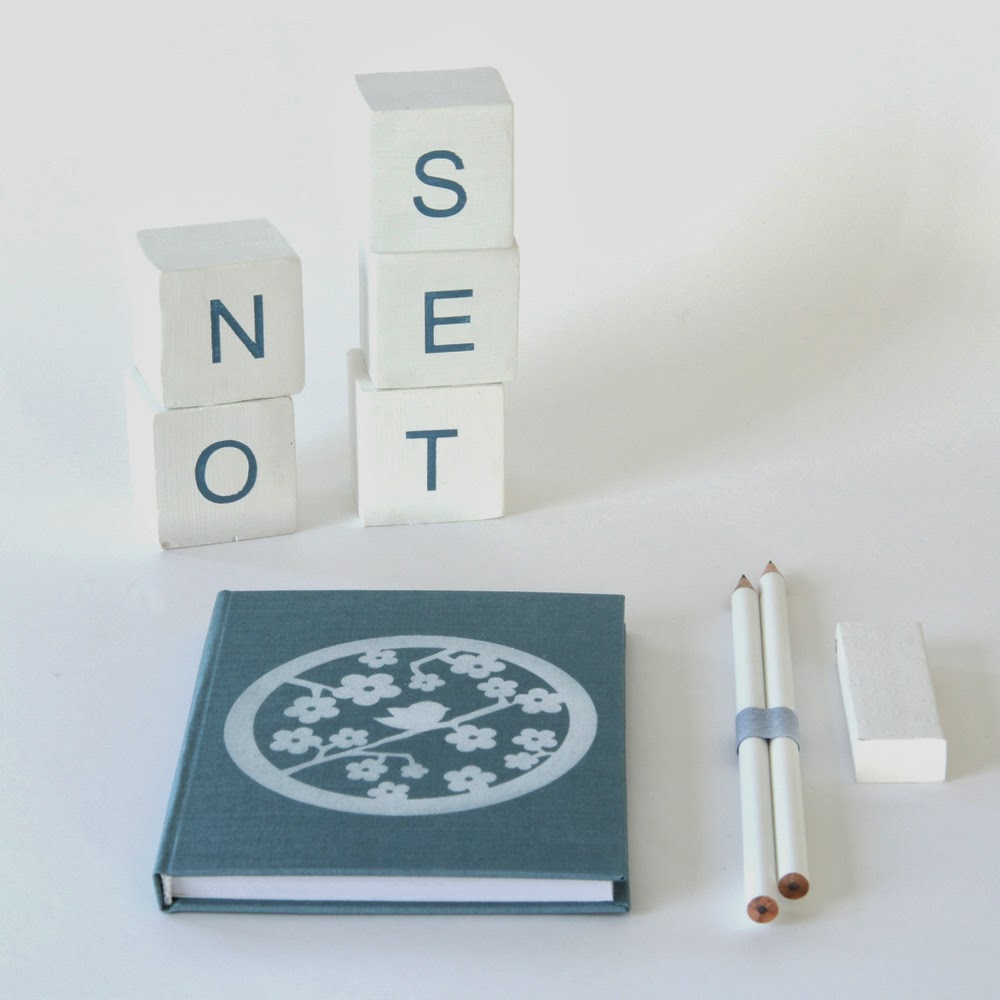Because I am really excited about taking this course, I am doing some research in advance. This blog is about the history and meaning of this special way to paint fabric, then there will be a blog about the meaning of the patterns and I will close this series with an overview of contemporary use of Bogolan.
Originally Bogolan is from Mali and the sub Saharan in West Africa. Bogolan, or bògòlanfini means made from mud in the Bambara language and has become the national symbol of Mali. This ancient way of painting on colored cotton is a longstanding tradition and a point of national pride. Bogolan and its patterns represent the culture of the Bamara, Dogon and Bobo people for generations. The Bogolan craftsmen are considered sacred or magical because of their material-altering nature, they complete the work 'begun by God'. Traditionally the Bogolan painting is only performed by men, just like the weaving of the textile. Narrow strips of cotton (15 cm.) are woven on looms. The only thing women contributed to this process was the spinning of the yarn, it used to be -and sometimes still is - a task of the grandmothers.
Nowadays the Bogolan-industry is very important for Mali. There is a kind of mass-production that serves the tourist and fashion markets, thereby the Bogolan craftsmen are no longer the only people producing these beautiful traditional products.
The Bogolan process is a 4-step process:
- Mud from the river Niger or it's tributaries contains iron, which makes it suitable for painting. The preparation of the mud/paint starts 2 to 4 weeks earlier. The mud is collected from the river, the best mud, which contains a lot of iron, is found in the middle of the river. In a big container the mud needs to be stirred from time to time, in this way the organic substances can degrade and the iron salts are released.
- After the cotton strips have been sewn together, they are first dyed, either a rich red from a dye obtained through boiling the bark of a n'peku, or in fresh yellow tones obtained through soaking the dried and pounded leaves of a n'galama. By mixing colors, or dipping the cotton several times a wide range of background colors can be created. The sun also plays a part in colouring the fabric. After each color-bad the cloths are unfurled in the sun to dry. The obtained colors represent the beautiful warm colors of the dessert, from dusk till dawn.
- Once the fabric is dyed it is ready to receive the mud. The patterns are drawn with charcoal, and the mud will be applied using a toothbrush, a bamboo stick or by using stencils. Through a process of oxidisation the salty mud reacts with the natural dyes of the dyed fabric. This chemical reaction produces a rich black when the mud has dried and been washed off. In order to reinforce the color of the mud, it can be applied several times, thereby the black will even be more intense.
- After the mud has dried, the cloth can be softly cleaned, eventually with some soft soap. For the last time the cotton is laid out to dry in the sun.


.jpg)













